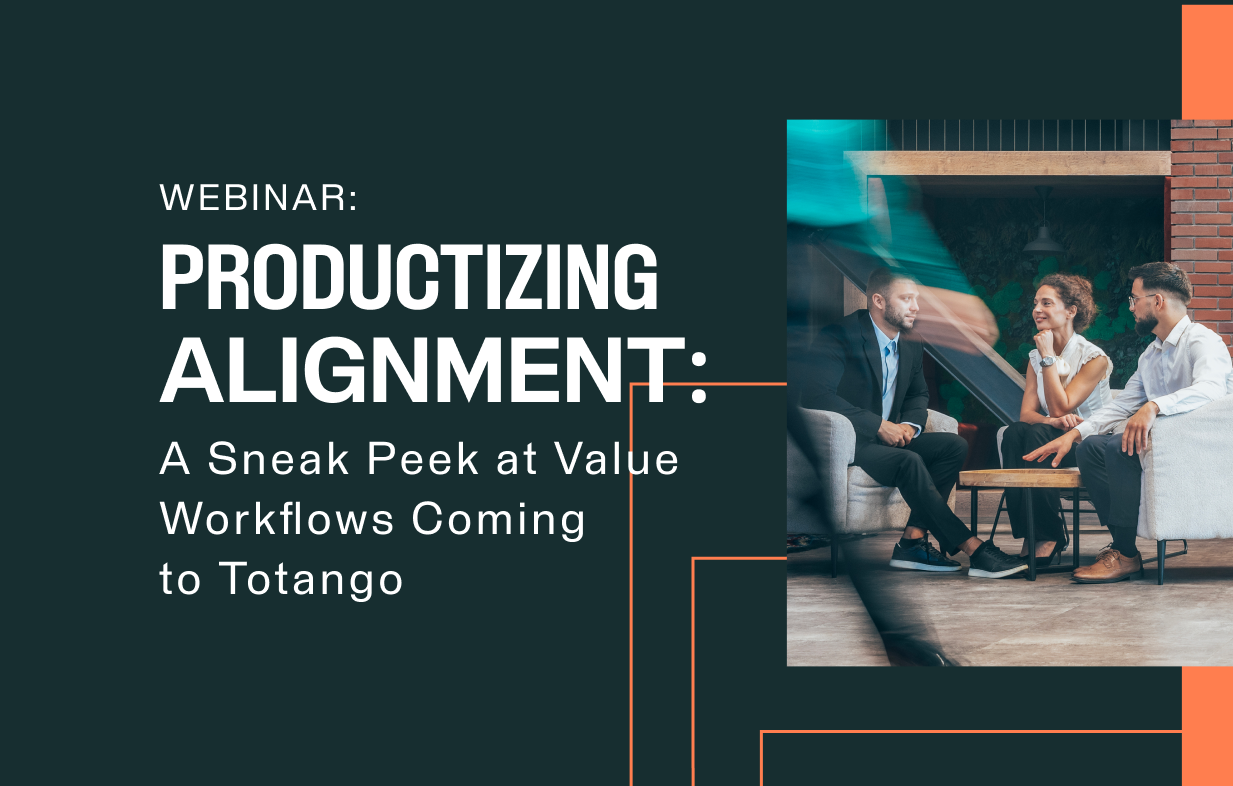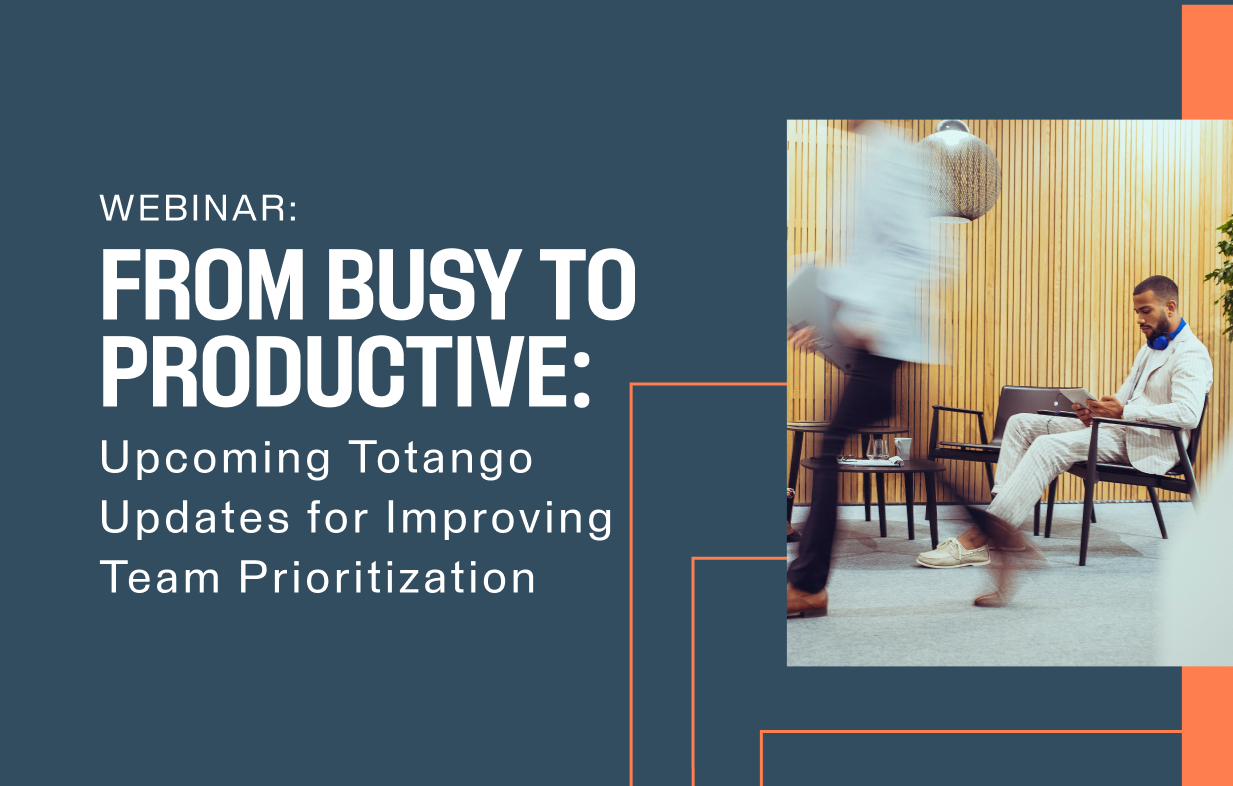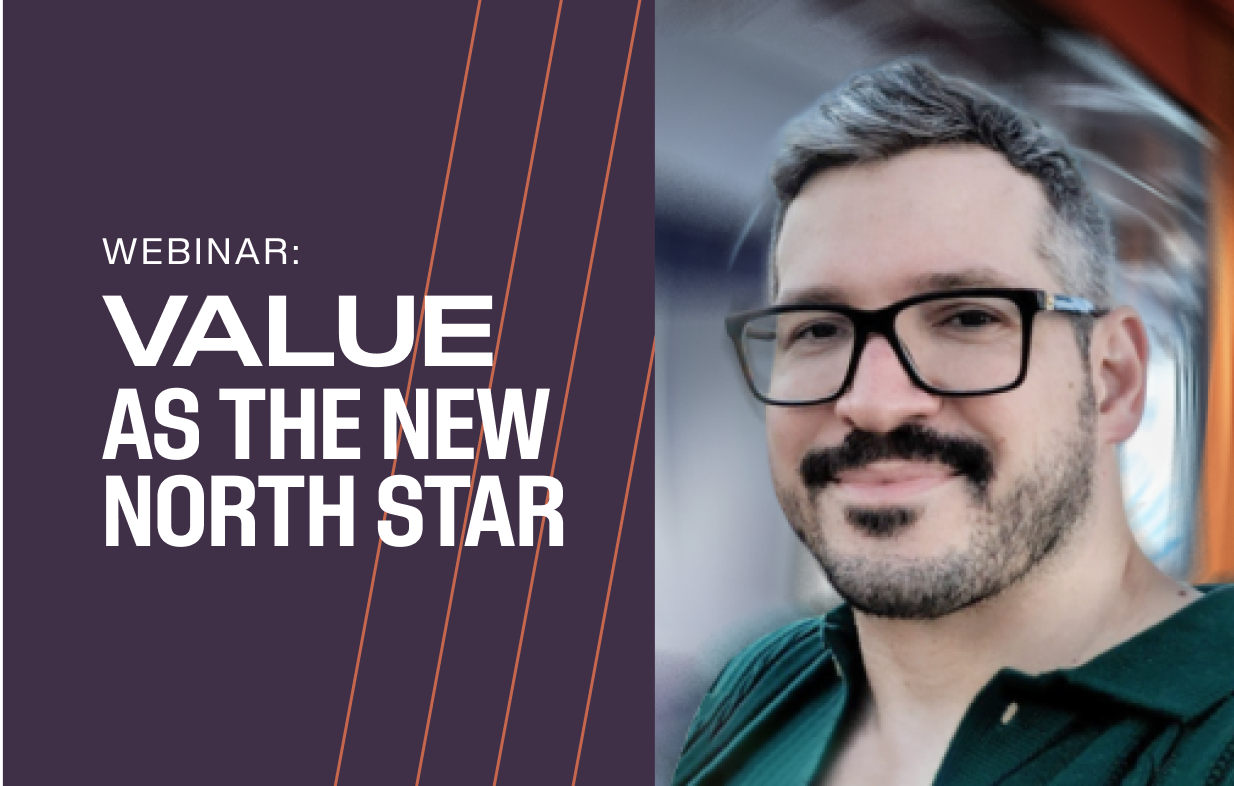Events + Webinars
Join us online for live and on-demand webinars, or meet our team at in-person events. See you there!
On-demand
IN-PERSON
Wednesday January 28 at 9AM PT / 12PM ET / 5PM GMT
How to Track, Incentivize, & Comp for Sales–to–Post-Sales Alignment
This webinar goes beyond theory to explore how modern teams are rethinking alignment after the deal is signed, using shared metrics, value-based incentives, and accountability structures that keep everyone rowing in the same direction.
No items found.
recommended articles you might be interested in





















